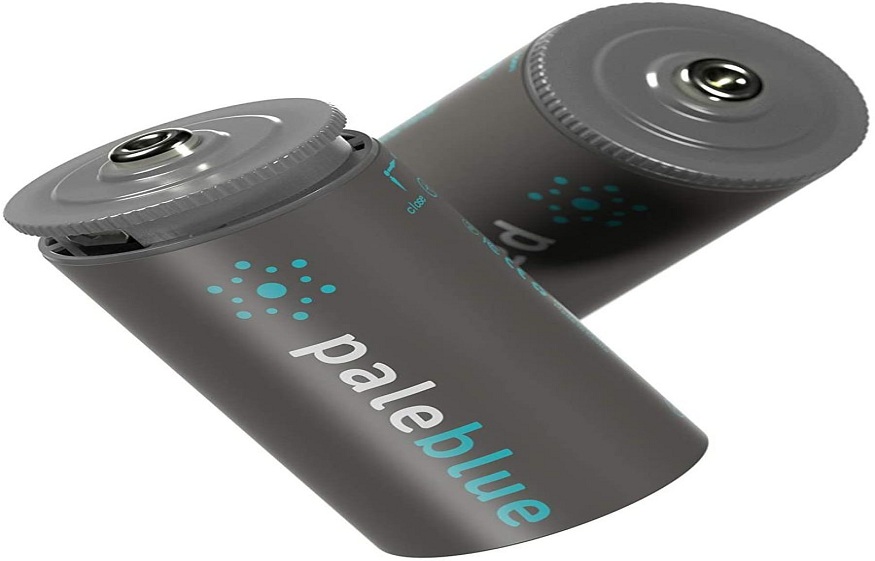The building materials you select form the very foundation of your home. When constructing an eco-friendly dwelling, opt for materials that are sustainable from the foundation by selecting those that are renewable, recycled, or reclaimed. Bamboo, for instance, is a fantastic choice for flooring due to its rapid growth rate and durability. Recycled glass countertops not only add an artistic touch to your kitchen but also keep glass waste out of landfills. Reclaimed wood, with its rustic charm, can be used for anything from structural elements to bespoke furniture pieces, giving new life to timber that might otherwise have been discarded. Here are some fantastic ideas for making your home more energy efficient and eco-friendly.
Energy Efficiency
Energy efficiency is the cornerstone of a truly eco-friendly home. This goes beyond merely selecting energy-efficient appliances, though they’re certainly part of the equation. You need to consider the entire household system.
The implementation of double-paned windows and energy-efficient doors within the home can reduce the requirement of artificial heating and cooling by maintaining a comfortable temperature year-round. LED lights are another smart choice, consuming a fraction of the energy of traditional light bulbs.
For larger energy demands, like heating and cooling, consider investing in sustainable systems. A solar-powered water heater or a geothermal heat pump may cost more upfront but will save significant energy and money over their lifetime.
Harnessing Solar Energy
Installing solar panels in your home means you can generate your own clean, renewable electricity. After the initial installation costs, the energy you produce is practically free. Furthermore, you may have the potential to make money or lower your energy expenses by selling extra energy to the power grid.
Rechargeable Batteries
Everyday items like smoke detectors, motion sensors, home security systems, and even toys often run on single-use batteries. These contribute to a significant amount of waste once they’re spent.
Switching to USB C rechargeable D or other types of batteries is an easy and effective way to reduce this waste. According to the experts at Pale Blue Earth, these batteries can be recharged and reused hundreds of times, cutting down on the demand for new batteries and the environmental impact of their production and disposal.
Water Conservation
Installing low-flow faucets and shower heads will allow you to significantly reduce your water usage without sacrificing pressure. A dual-flush toilet can also save thousands of liters of water each year compared to traditional models.
Consider implementing a rainwater harvesting system. These systems collect and store rainwater for use in gardening, washing cars, or even flushing toilets.
Planting a Sustainable Garden
Planting native species not only reduces the water needed for irrigation but also provides habitat for local wildlife. Consider growing your own fruits and vegetables to reduce your reliance on commercial produce and cut down on the associated transport emissions.
Composting is another great way to boost your garden’s sustainability. It reduces kitchen waste and creates rich, nutrient-dense soil for your plants.
Embrace Smart Home Technology
Exploring the various options offered by smart home technology can be hugely beneficial in making your home more energy efficient and eco-friendly. Utilizing these systems will allow for better management of your home’s energy consumption. From smart thermostats that learn your schedule and adjust temperatures accordingly to intelligent lighting systems that adapt to your daily routines, these technologies can significantly reduce your home’s energy use.
Conclusion
Constructing an environmentally friendly home is an exhilarating process that yields a plethora of rewards. Having the chance to make our living environment healthier, save money, and do something great for the Earth is awesome.



